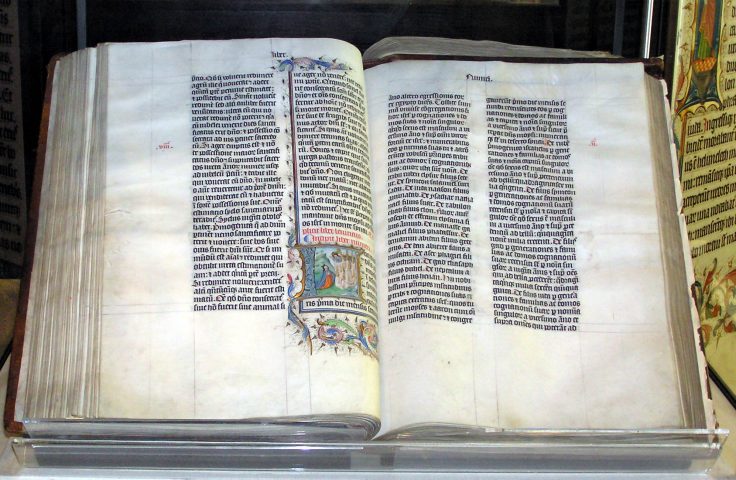7 Ways St. Jerome’s Vulgate Helped to Shape the Church, by Stephen Beale

No Protests, No Speeches … Just Prayer for America, by Jody Brown
September 28, 2020
Mother ‘Incredibly Relieved’ After Doctor Saves Baby Using Abortion Pill Reversal, by Nancy Flanders
September 28, 2020
By Anonymous (photo by Adrian Pingstone) - Own work, Public Domain, https://commons.wikimedia.org/w/index.php?curid=68748
By Stephen Beale, Catholic Exchange, September 28, 2020
Stephen Beale is a freelance writer based in Providence, Rhode Island. Raised as an evangelical Protestant, he is a convert to Catholicism. He is a former news editor at GoLocalProv.com and was a correspondent for the New Hampshire Union Leader, where he covered the 2008 presidential primary. …
For roughly one thousand years, it was the Bible of Western Christendom. It was the version to which European Christians turned to compose their prayers and liturgies, that great saints consulted in their meditations, and that the greatest scholars quoted in their treatises.
It’s harder to think of a translation of the Bible that has had more staying power than St. Jerome’s Latin version, known as the Vulgate, which was completed late in the fourth century and held sway over the Church through the Council of Trent, in the mid-1500s. Of course, the Vulgate is not the work of Jerome alone: he adopted many old Latin translations that preceded him and his own translation would be subject to later revisions. But it’s undoubtedly thanks to his theological and linguistic genius that the Vulgate endured for so long. …




